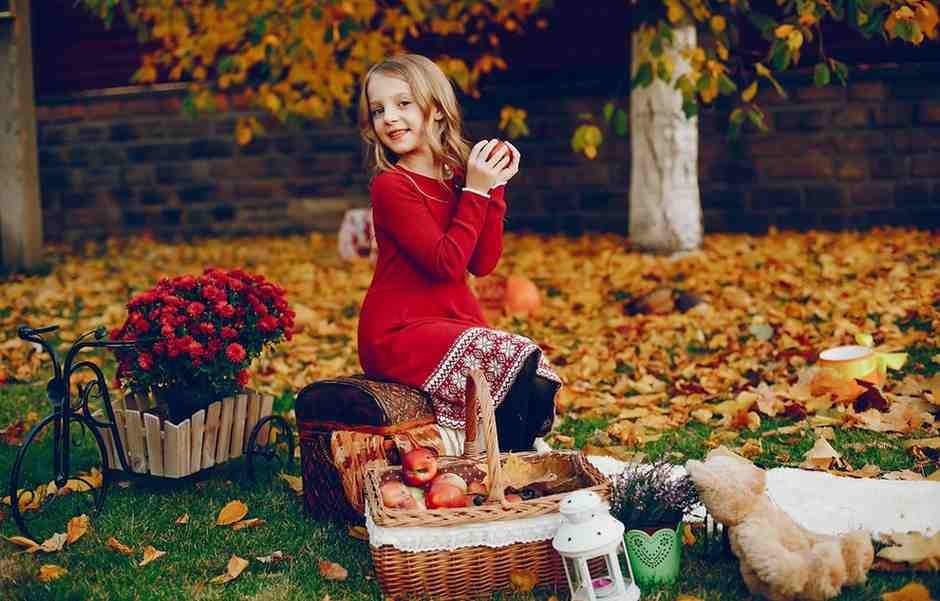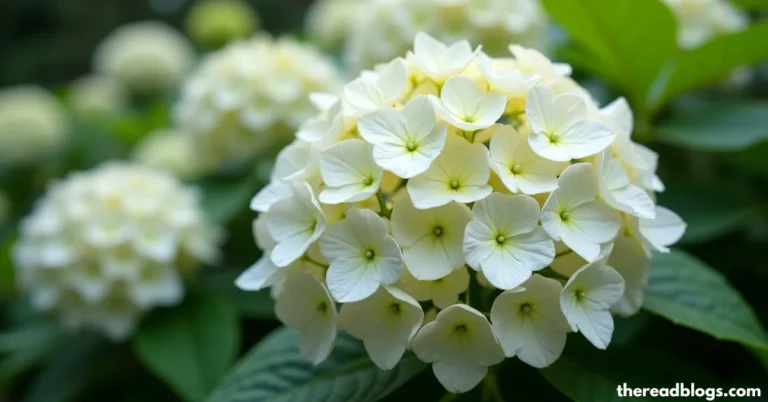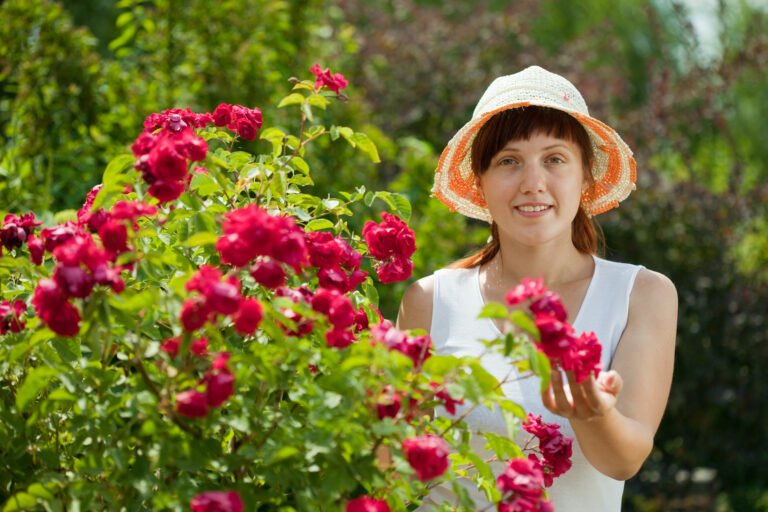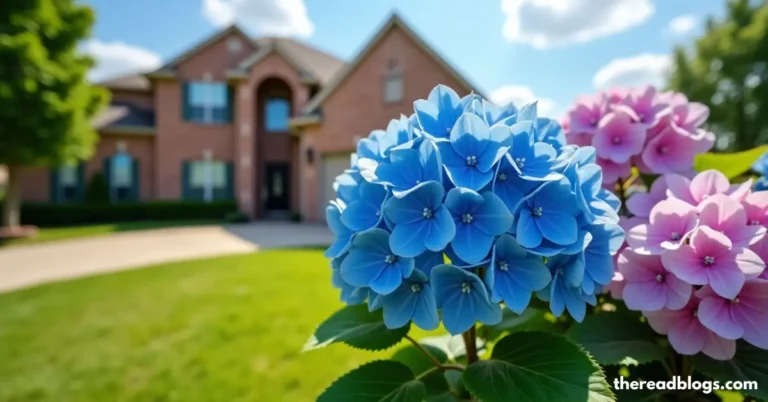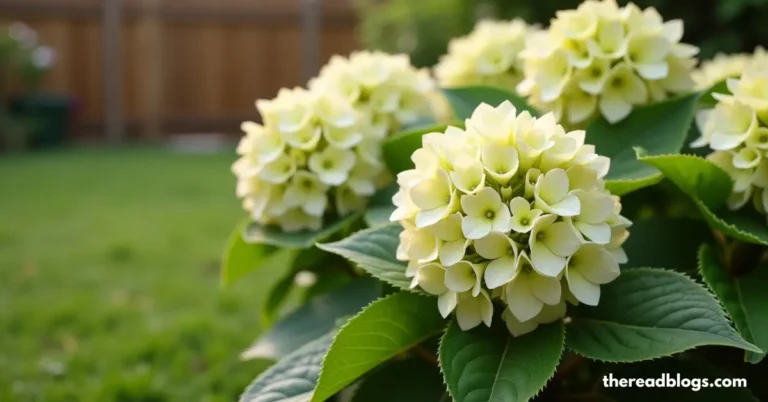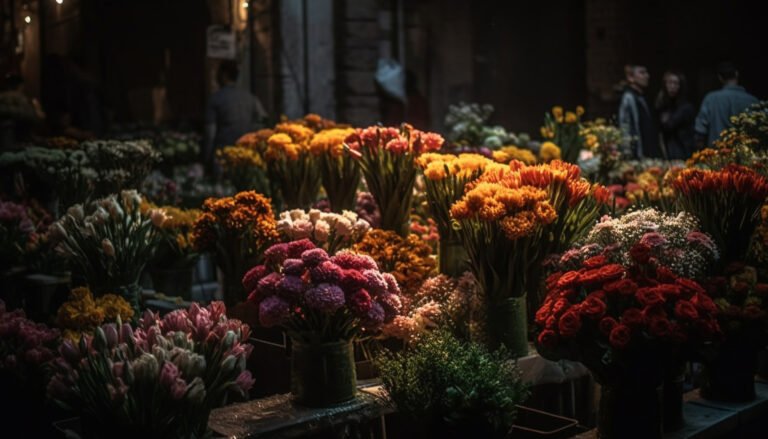How to Start a Garden for Fall – Start Your Autumn Garden Today!
Are you searching for information on how to plant a fall garden? Gardening in the fall can be an incredibly rewarding experience! Even though you may still be harvesting basil and tomatoes from your summer garden, it’s the perfect time to start planning your autumn garden.
The heat may decrease, but the soil remains warm, providing an ideal environment for new growth. There are three key steps to consider when planting your fall garden: when, what type of plants to choose, and where to plant them.
Let’s explore how to make the most of your fall gardening season!
Why Plant a Fall Garden?
- Less Work
Starting a fall garden may require some planning while maintaining your summer crops, but overall, fall gardening requires less effort.
Compared to summer crops, fall gardening can be a smaller undertaking. Focusing on key vegetables such as
- Carrots
- Lettuce, and
- Spinach
means less space and time spent on maintenance. Unlike managing a large summer crop of zucchini or black-eyed peas.
- Less Weeding
As the days grow shorter and temperatures drop, weeds also tend to slow their growth. This makes one of the most dreaded gardening chores—pulling weeds—much more manageable. By the end of fall, you may find that weeding becomes almost unnecessary as fewer weeds thrive in cooler weather conditions.
- Fewer Pests
Most pests complete their life cycles by the end of summer and return to the soil to overwinter. This means you’ll likely encounter fewer insects and pests during the fall gardening season, making it easier to maintain healthy plants without constant battles against garden invaders.
- Better Flavor
Cool-weather crops taste better after a light frost. Carrots, for instance, develop a sweeter flavor when harvested after experiencing freezing temperatures. Other crops like kale and spinach also benefit from the cooler weather, often becoming more flavorful as fall progresses.
- Jump-start the Spring Garden
Spinach is one crop that thrives in cold conditions and, in many climates, can even survive through winter. You can enjoy a harvest in autumn and spring by planting spinach in the fall.
Additionally, if you leave spinach plants in the ground, they may grow again during winter, extending your harvest into the following season. You can also plant garlic after the first frost for a summer harvest of your fresh garlic bulbs.
- Enjoy Autumn’s Beauty
While spring is traditionally seen as the prime gardening season, fall gardening offers its unique charm. There’s something special about harvesting fresh lettuce for an autumn cookout or planting garlic on a cool, crisp November day. You must follow online available fall garden tips or can consult with an expert.
Fall gardening allows you to enjoy your outdoor space during one of the most beautiful times of the year when the changing leaves and cooler temperatures create an ideal environment for reflection and relaxation.
Types of Fall Garden Crops
Besides knowing how to plant a fall garden, you must know the types of fall garden crops. If you live in a region that experiences frosts and freezes, fall garden crops can be divided into three categories:
✅ Frost-Tender Late Summer Crops
There’s still time to plant fast-growing crops like squash, cucumbers, zucchini, and bush beans in late summer.
Depending on how long your growing season lasts, you may be able to squeeze in another round of these summer crops before the first frost arrives. Remember that timing is critical—be sure to check how long each crop will take to mature and harvest before the cold weather sets in.
✅ Frost-Tolerant Fall Crops
Frost-tolerant crops don’t perform well in hot weather but can handle light frosts. Mature plants may survive a brief freeze if temperatures don’t drop drastically.
Common frost-tolerant crops for fall include broccoli, lettuce, beets, cabbage, Swiss chard, and kale. These crops should be planted after the peak heat of summer has passed, typically when daytime temperatures begin to dip below 80°F (26°C).
Kale, beets, lettuce, and Swiss chard can be planted directly in the garden as seedlings or seeds. If planting from seed, water regularly to ensure proper germination, especially during the hotter parts of their growing cycle.
Broccoli and cabbage, on the other hand, take a bit longer to mature and should be started indoors or purchased as transplants. It’s best to start them indoors about three months before your average first frost or buy transplants to set out in the garden about two months before frost is expected.
When to Start Seeds for a Fall Garden
When you start seeds for your fallen garden depends on your USDA hardiness zone and the estimated date of your area’s first frost.
You can find your region’s first frost date by checking local planting guides. Plants grow more slowly in cooler temperatures, so adding about two weeks to the growing period listed on seed packets is essential.
For example, if a seed packet says the plant will be ready for harvest in 60 days, you should expect it to take closer to 74 days in the fall.
Certain seeds, such as lettuce and bush beans, can be started indoors and then transplanted outside once they’ve sprouted. This allows you to continue growing summer crops in your garden while getting a head start on fall vegetables.
Transplants should be planted in the ground by late summer or early fall to ensure they have enough time to mature before frost.
Steps to Fall Gardening
Timing the Fall Vegetable Garden
Fall gardens should be planted months before the cooler weather begins. Just as gardeners excitedly prepare for their summer gardens in early spring, fall gardeners must also plan well in advance.
Even though the pace of gardening may slow down in autumn, the productivity of your fall garden can remain high if you start early.
Which Vegetables to Grow
Here are some great options for vegetables to plant in late summer that will keep your garden producing well into fall. Some vegetables are more frost-tolerant than others, so select crops that will thrive in your region’s climate.
- As the weather cools, opt for crops that can tolerate cold temperatures and grow quickly. Green Salad like lettuce are hardy and can be harvested in as little as 45-50 days. Leaf lettuce varieties, such as butterhead and looseleaf, can be picked at any point during their growth.
- Other crops, such as radishes, can be harvested in just 25 days, while longer-maturing crops like carrots and beets take more time but become sweeter as the days become cooler. Fall-planted spinach performs better than spring-planted spinach, as it matures in cool weather rather than struggling in the summer heat.
- Swiss chard is another hardy green that grows to an edible size within 25-30 days. With extra protection, spinach and chard can last well into the autumn months, and in some areas, mulched spinach may even overwinter and provide an early spring harvest.
- Crops like broccoli and kohlrabi thrive in cooler weather and are less likely to be affected by cabbage moth larvae than their spring-grown counterparts. Kale is another fall and winter staple. Varieties like ‘Winterbor’ and ‘Redbor’ can be harvested well into the colder months, long after other crops have succumbed to frost.
- Bush beans require 6 to 8 weeks to reach harvest size, but their main challenge is that they won’t survive frost unless protected. If you live in a region with a long growing season, bush beans can still be a great addition to your fall garden.
- Snap and snow peas begin to mature in about 60 days and are especially sweet when harvested in cool weather. Pea vines are hardy and can withstand temperatures as low as 25°F (-3.9°C).
- Asian greens like tatsoi, pac choi, napa cabbage, and mizuna are stars of the fall garden, with fast-maturing varieties that can be harvested in as little as 45 days. These greens can handle light frosts with proper protection and even survive cold snaps. Arugula, mache, and minutina are also frost-tolerant, providing plenty of fresh salad and cooked greens into late autumn.
- Consider mixing edibles with flowering annuals to create a stunning fall garden display. Decorative cabbages, kales, blooming pansies, and salvias can add a pop of color to your edible crops, creating a garden that’s as beautiful as it is productive.
Where to Plant Fall Crops
In late summer and early fall, you’ll likely have spaces in your garden where summer crops have finished producing or have succumbed to pests. You may have harvested garlic or onions, leaving open beds for new plantings.
Perhaps your tomatoes or squash were hit by disease or pests, and now the bed is ready for fresh crops. Before planting your fall garden:
- Clean out those beds.
- Add compost.
- Fertilize the soil to prepare for the next round of vegetables.
Taking Care of Your Autumn Garden
Prepare to protect fall-growing plants from frost to extend your garden’s harvest into winter. Based on your climate, you can maintain your fall garden well into the winter months.
Fall weather can be unpredictable, and frosts may arrive earlier or later than expected. It’s essential to be prepared with frost protection methods such as row covers, cold frames, or mulch.
How to Plant and Grow a Fall Garden
- Clear Out Space
The first step in fall gardening is making room for new crops. For most gardeners, this means removing summer annuals that have stopped producing or have been affected by pests. Clearing out these plants creates space for your fall crops to thrive.
- Prepare the Soil
After a long summer of growth, your garden soil may deplete nutrients. Replenish the soil by adding compost or organic fertilizer before planting your fall garden. Crop rotation is also a good practice to help maintain soil fertility.
- Plant at the Proper Time
The fall planting dates for a fall garden differ from those of a spring garden due to shorter daylight hours, which can slow plant growth. Start by finding your region’s average first frost date.
Then, check the seed packet for “days to maturity” and add about 15 days to account for slower growth in cooler temperatures. Count backward from the frost date to determine when to plant your seeds.
Caring for Fall Crops
Just knowing how to plant a fall garden is not enough. You must know how to take care of it. Watering is perhaps the most important job in a garden in the fall. The air and ground temperature are already hot (unlike springtime plantings).
- It is important to ensure that your seeds are regularly kept hydrated.
- Mulching can also aid in the conservation of water.
- If the heat of the Sun in your region is too intense, think about the use of a light row cover.
It’s possible to have a second spring! Get rid of the beds by adding compost to them and prepare to plant your garden.
FAQ
What month is best to plant in the fall?
The exact date when your ground begins to freeze differs yearly. Naturally, certain areas will not have any frozen ground. If you’re unsure, mid-November is a good time for most people to plant.
Which Plant is Best for every season?
Evergreen flowering perennials will maintain their lush green leaves throughout the year, long after the flowering season is finished. Various herbs are known as practical flowers with evergreen leaves, like lavender, rosemary, and salvia, among many others.
What consists of a fall garden?
The root vegetables you can grow in autumn include radishes, beets, and carrots. Radishes are fast-growing beets that grow slowly. However, they will taste better when you pick them before they’re smaller. Few people plant the second harvest of their carrots in autumn.

